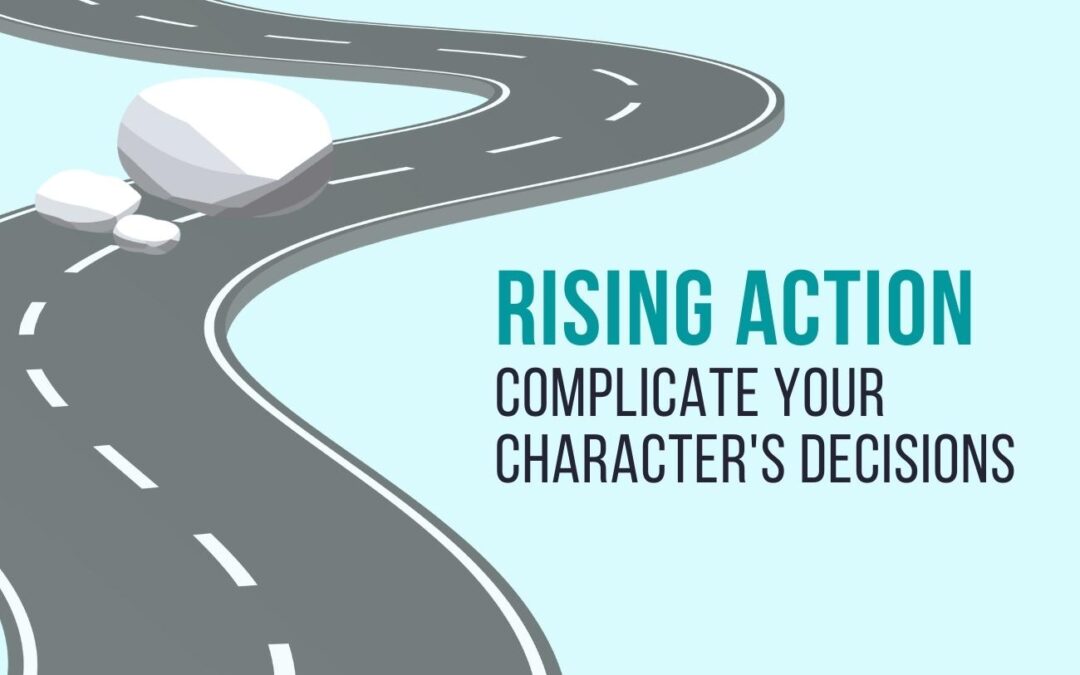
by Joe Bunting |
If you’ve ever told a good story—one that has your friends or family on the floor laughing, or else on the edge of their seat asking, “What happened next?!”—then you know that you can’t get to the point of the story too quickly.
Instead, you draw out interest. You talk about all the things that went wrong. You make jokes and accentuate the best details. When you’re done, it’s not the punchline people remember; it’s everything leading up to it.
The same is true when you’re writing a story, particularly in novels, memoirs, and screenplays. It’s called the Rising Action, and it’s essential to get it right IF you want to write entertaining, informative, and deeply connecting stories.
In this article, I’m going to talk about the rising action: what it is, how it works in a story, how it’s been treated by scholars who study story structure throughout history, and finally how you can use it to write a great story.
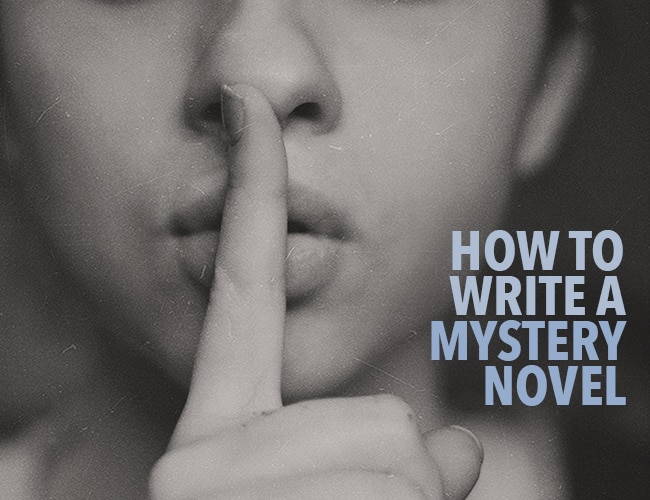
by Joslyn Chase |
So you want to know how to write a mystery novel. I’m delighted to hear it. I’ve been a mystery lover since I hid behind the Lincoln Logs in Mrs. Jenkins third grade classroom so I could finish my first Nancy Drew, undisturbed. Mystery hooked me that day, and has been leading me around by the nose ever since.
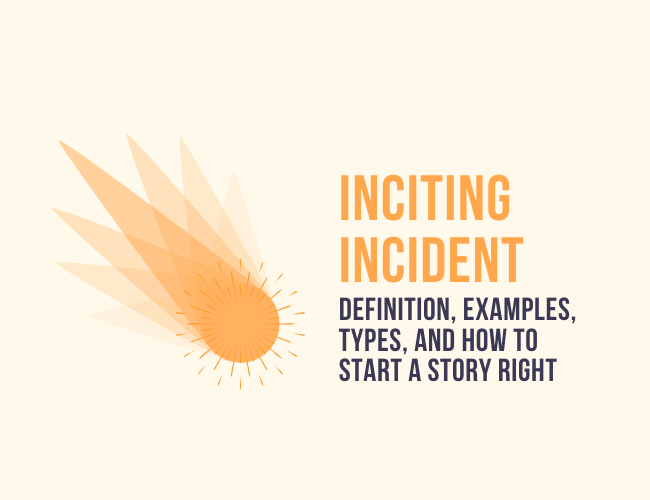
by Joe Bunting |
If you are planning on writing a story, there is something you need to consider besides basic plot structure. You need to determine your Inciting Incident.
What incident will compel your protagonist to act, prompting them to move through a meaningful story?
Let’s take a look at what an inciting incident is and how to write one.
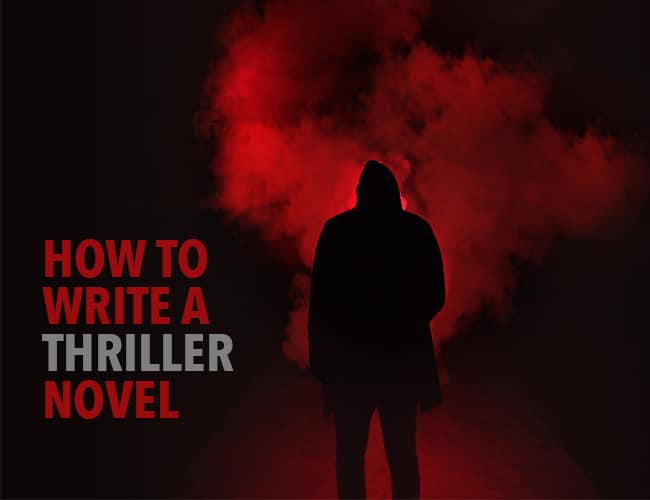
by Joslyn Chase |
A thriller is not just a rollercoaster ride, but like a whole day at a theme park with head-of-the-line privileges. Ride after wild ride with maybe just enough down time to eat a corndog and take a bathroom break. The necessary ingredients for a thriller include conflict, tension, and suspense, all tied up in a nice, twisty package.

by Joe Bunting |
How do good stories start? In the middle of the action? With a slow buildup to the action?
Exposition is a literary term that deals with how to start a story.
In this article, I’ll define exposition, talk about how it fits into the dramatic structure, give examples of expositions from popular novels, plays, and films, and then give a few tips on how to use the exposition best in your writing.
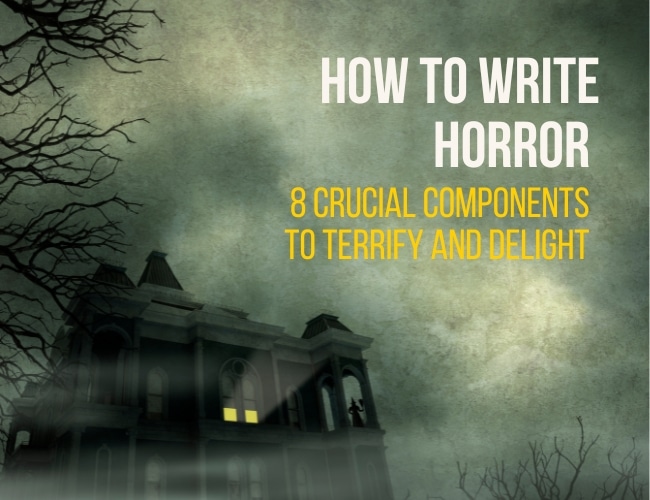
by Sarah Gribble |
Horror is a genre of literature or film that wants to evoke fear, shock, and suspense. Characters battle for their life versus a fate worse than death.
What makes a good horror story is the ability to tap into our deepest fears and deliver them in a captivating way. Even if you don’t consider yourself a horror writer, practicing a few short stories in this genre can help you understand human fear and the way it motivates action.





